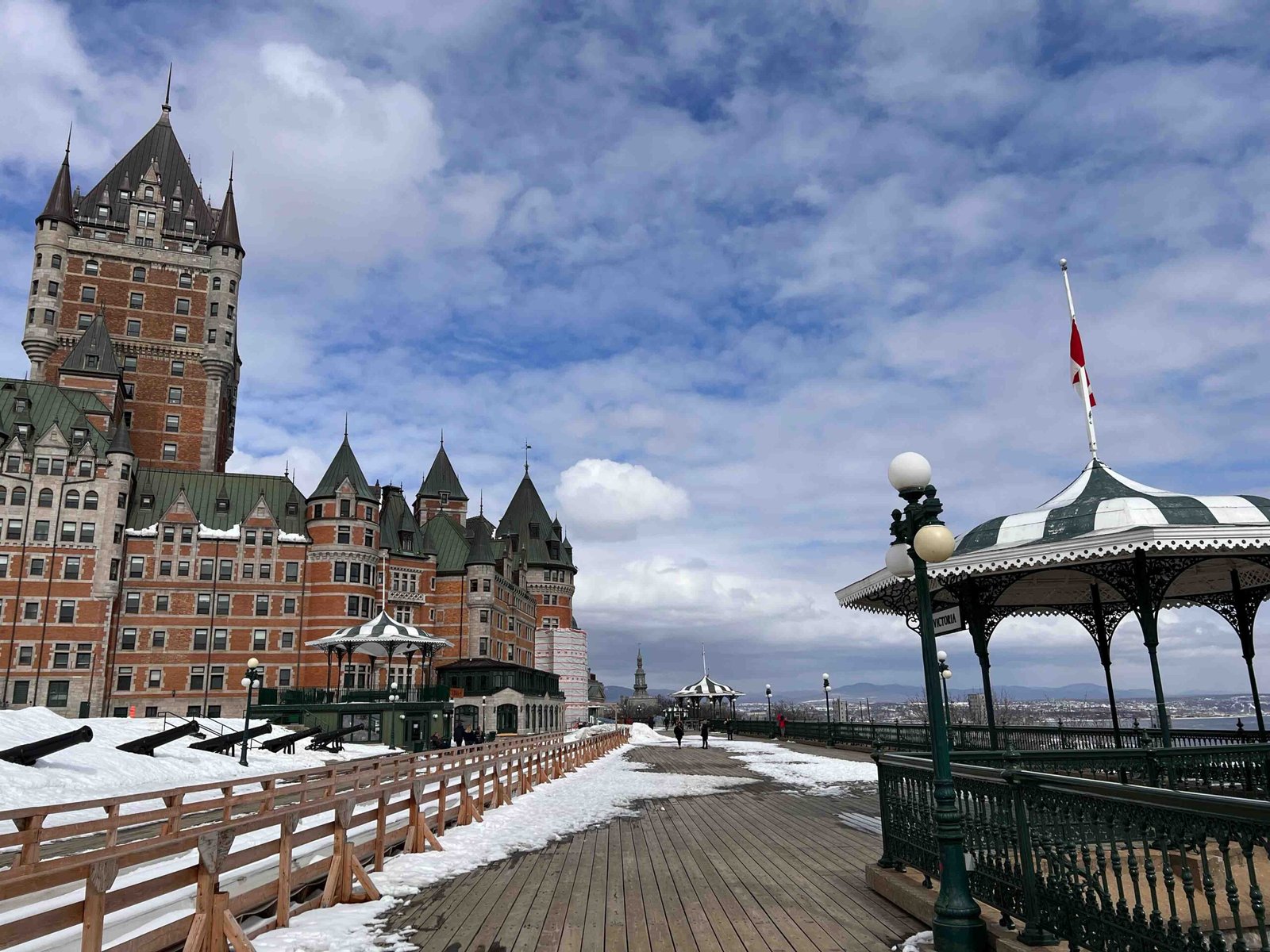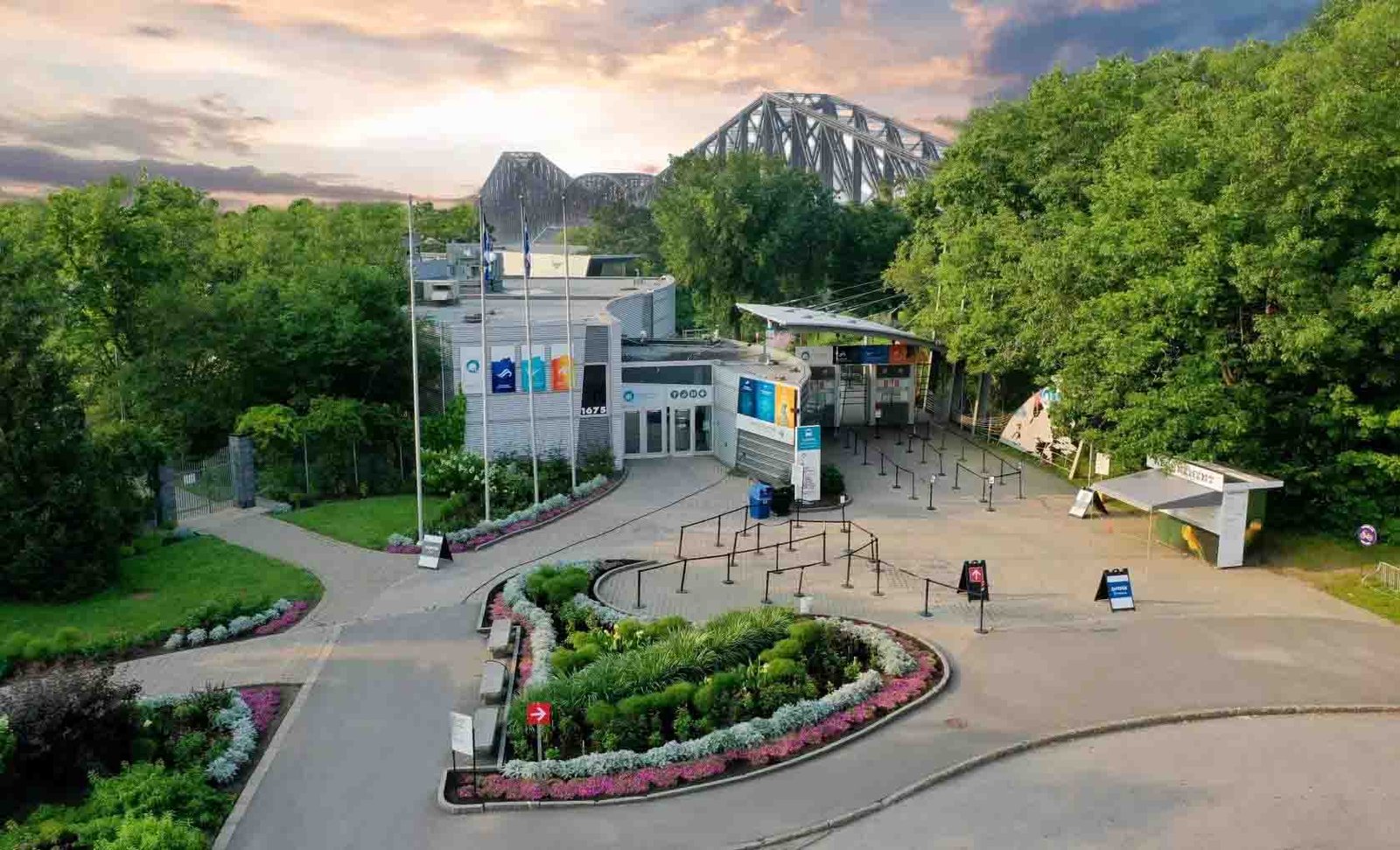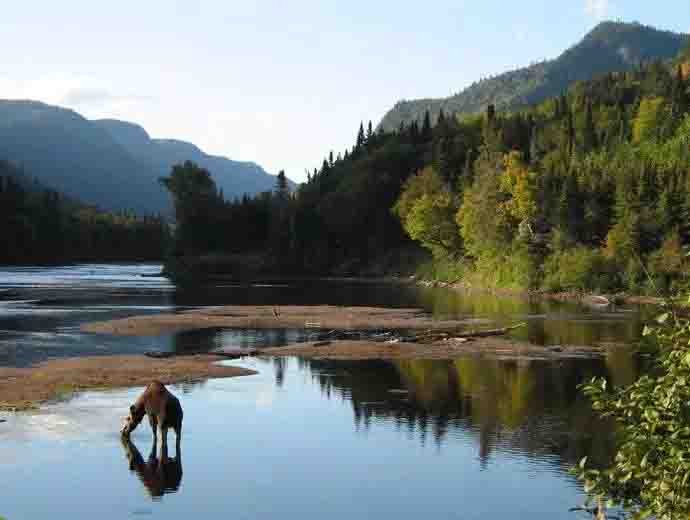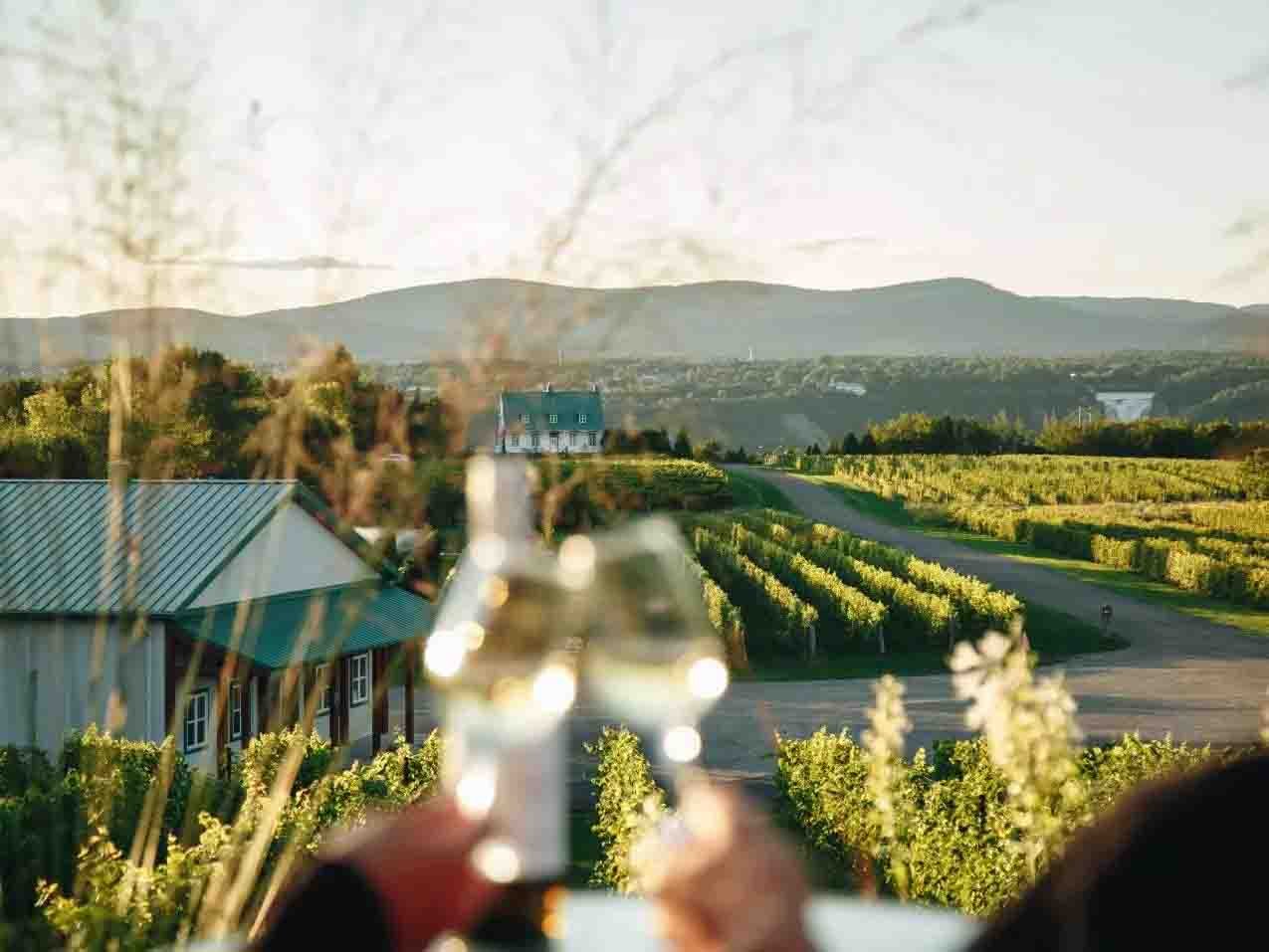British Columbia, situated on Canada’s west coast, is a province that embraces diversity and celebrates multiculturalism. It is home to the largest population of Indigenous Peoples in Canada and has a rich history of immigration and settlement patterns from around the world. The province’s unique blend of cultures and traditions has created a vibrant society that is reflected in its festivals and celebrations. However, with such diversity comes challenges in terms of integration and overcoming barriers. In this article, we will explore British Columbia’s multicultural society, highlighting its diverse population, Indigenous Peoples, immigration patterns, Asian cultural influence, multiculturalism in action, challenges faced by its people, and what the future holds for this dynamic province. As of 2023, the population of British Columbia, Canada, is estimated to be approximately 5,368,266.
British Columbia: Canada’s Most Culturally Diverse Province
British Columbia, located on the west coast of Canada, is renowned for its cultural diversity. It is home to over 200 ethnic groups, making it the most culturally diverse province in Canada. The Indigenous peoples have a significant presence in BC, with over 200 First Nations communities. The province has a rich history of multiculturalism, with early Chinese immigrants arriving in the late 1800s to work on the railway and Japanese immigrants settling in fishing villages. In recent years, there has been an influx of immigrants from South Asia, particularly from India and Pakistan. This has contributed to the growth of vibrant ethnic enclaves in cities such as Vancouver and Surrey.
The diversity of British Columbia’s population is reflected in its cuisine, art, and festivals. Visitors can experience a wide range of cuisines from around the world, including Chinese dim sum, Japanese sushi, Indian curries, and Mexican tacos. The province hosts numerous cultural events throughout the year, including the Vancouver Cherry Blossom Festival, Diwali Fest, and the Powell Street Festival celebrating Japanese Canadian culture.
Despite the challenges that come with a diverse population, such as language barriers and cultural differences, British Columbia has embraced multiculturalism and is committed to promoting diversity and inclusion. The province’s Multiculturalism Act was passed in 1993 to recognize and promote cultural diversity. The government has also implemented programs to help newcomers settle into their new communities and integrate into Canadian society.
Overall, British Columbia’s cultural diversity is one of its greatest strengths. Its unique blend of Indigenous cultures and immigrant communities has created a vibrant and dynamic society that celebrates its differences while working towards greater understanding and inclusion.
Indigenous Peoples in British Columbia
Indigenous Peoples in British Columbia are an integral part of the province’s diverse population. BC is home to 203 First Nations communities, representing over 30 different languages and cultures. The Indigenous Peoples have a deep connection to the land and play a significant role in the province’s cultural heritage. However, they have faced significant challenges throughout history, including forced assimilation, residential schools, and loss of traditional lands and resources. Today, many Indigenous communities continue to struggle with poverty, inadequate housing, and limited access to healthcare and education. However, there have been efforts to address these issues through reconciliation initiatives and partnerships with government and non-governmental organizations. One example is the establishment of the First Nations Health Authority, which aims to improve healthcare services for Indigenous Peoples in BC. Additionally, there have been efforts to preserve Indigenous languages and cultural practices through language revitalization programs and cultural events. Overall, while there is still much work to be done to address the ongoing impacts of colonialism on Indigenous Peoples in BC, there are also positive steps being taken towards reconciliation and building stronger relationships between Indigenous and non-Indigenous communities.
Immigration and Settlement Patterns in BC
British Columbia has a long history of immigration, which has contributed to its diverse population. The province attracts immigrants from all over the world, including Europe, Asia, and Latin America. Immigration has played a significant role in shaping the province’s economy and culture. In recent years, the majority of immigrants to British Columbia have come from Asia, particularly China and India. This trend is expected to continue as the province’s ties with Asia deepen.
The settlement patterns of immigrants in BC have changed over time. Historically, many immigrants settled in Vancouver, the largest city in the province. However, in recent years, there has been a shift towards smaller cities and towns outside of Vancouver. This is partly due to rising housing costs in Vancouver but also reflects a desire among immigrants to live in more affordable and family-friendly communities.
The settlement patterns of immigrants also vary by country of origin. For example, many Chinese immigrants settle in Richmond, a suburb of Vancouver that has become known as “Little Hong Kong.” South Asian immigrants are more likely to settle in Surrey, another suburb of Vancouver that has a large Punjabi-speaking population.
Overall, immigration has had a significant impact on the population and culture of British Columbia. The province’s diverse population is one of its greatest strengths and has helped to make it a welcoming and inclusive place for people from all over the world.
The Influence of Asian Cultures in BC
British Columbia has a rich history of Asian immigration, which has contributed to the province’s diverse cultural landscape. Asian cultures have had a significant impact on British Columbia’s cuisine, arts, and traditions. Chinese immigrants, for instance, have been present in BC since the 1850s and have played a crucial role in the province’s economy, particularly in the mining and railroad industries. They have also brought with them their language, food, and customs. Today, Chinese Canadians make up one of the largest visible minority groups in BC. Similarly, Japanese Canadians have made important contributions to BC’s fishing industry and cultural scene. The annual Cherry Blossom Festival held in Vancouver is a testament to the Japanese influence on BC’s culture. Other Asian communities such as Korean, Filipino, Vietnamese, and South Asian communities have also added to BC’s diverse cultural mosaic. Their contributions are evident in the numerous festivals and events held throughout the year celebrating their cultures. For example, the Vancouver Korean Festival celebrates Korean culture through traditional food, dance performances, and music. The Surrey Vaisakhi Parade is another example of how South Asian culture is celebrated in BC. These events not only showcase the diversity of BC but also promote cultural understanding and appreciation among its residents.
Multiculturalism in Action: Festivals and Celebrations in BC
British Columbia is home to a plethora of festivals and celebrations that showcase the province’s diverse cultural heritage. The Vancouver Pride Parade, for instance, draws over 650,000 people each year and celebrates the LGBTQ+ community. The Vancouver Cherry Blossom Festival, on the other hand, honours Japanese culture and features traditional tea ceremonies, ikebana flower arrangements and Taiko drumming performances. The Powell Street Festival, which has been running for over 40 years, celebrates Japanese Canadian arts and culture with dance performances, food stalls, and music. Meanwhile, the Diwali Fest is a celebration of South Asian culture and features live performances, Indian cuisine, and workshops on henna painting and sari wrapping. Another festival that highlights BC’s multiculturalism is the Caribbean Days Festival in North Vancouver. It showcases the Caribbean community’s vibrant music, dance, and food. Other notable events include the Chinese New Year Parade in Vancouver’s Chinatown, the Greek Day Festival on West Broadway, and the Surrey Vaisakhi Parade which celebrates Sikh culture. These festivals not only provide an opportunity for locals and visitors to learn about different cultures but also promote understanding and inclusivity. They bring people from different backgrounds together in a joyous celebration of diversity.
Challenges of a Diverse Population: Overcoming Barriers to Integration
While British Columbia prides itself on its multiculturalism, it is not without its challenges. One of the main issues facing the province is the need to overcome barriers to integration for its diverse population. These barriers can include language and cultural differences, discrimination, and social isolation. Many newcomers to BC may struggle to find employment due to a lack of Canadian work experience or qualifications that are not recognized in Canada. This can lead to financial difficulties and a sense of exclusion from society. Discrimination and racism can also be significant obstacles for those from marginalized communities, making it difficult for them to fully participate in society. Additionally, many newcomers may feel isolated and disconnected from their communities, particularly if they do not have a strong support system or social network. To address these challenges, various organizations and government initiatives have been implemented. These include language classes, job training programs, and community outreach programs designed to promote diversity and inclusion. It is important for BC to continue to invest in these initiatives and work towards creating a more inclusive society where all individuals have the opportunity to thrive regardless of their background or identity.
Looking Ahead: The Future of BC’s Population
Looking ahead, the future of British Columbia’s population is expected to continue to be diverse and multicultural. The province has been actively attracting immigrants from all over the world, with a focus on skilled workers and entrepreneurs. This trend is likely to continue, as the government continues to invest in programs that promote immigration and settlement in the province. Additionally, British Columbia is home to a large number of international students, who often stay in the province after completing their studies. As a result, the province’s population is expected to continue to grow and diversify in the coming years.
However, this growth also presents challenges for the province. One of the main challenges is ensuring that newcomers are able to integrate successfully into Canadian society. This includes providing support for language learning, employment opportunities, and access to healthcare and other services. It also involves addressing issues of discrimination and prejudice towards minority groups.
Despite these challenges, British Columbia has a strong tradition of multiculturalism and inclusivity, which will help guide its approach to managing its diverse population in the future. The province’s commitment to promoting diversity and inclusion is evident in its many festivals and celebrations that showcase the traditions and cultures of different communities. By continuing to embrace diversity and build a welcoming society for all, British Columbia can look forward to a bright future as one of Canada’s most vibrant and culturally rich provinces.
British Columbia is a true melting pot of cultures, with its population reflecting a rich tapestry of diversity. From the Indigenous peoples who have inhabited the region for thousands of years, to the many waves of immigrants who have come to BC seeking a better life, this province has become a model for multiculturalism in action. While there are certainly challenges that come with such diversity, British Columbians have shown time and again their ability to overcome them and build a stronger, more inclusive society. As we look ahead to the future of this province, it is clear that embracing diversity will continue to be an important part of BC’s identity. One open point for reflection is how we can ensure that newcomers to our province feel welcomed and valued, and how we can work together to create a society that truly benefits all its citizens.
Population in province:
Alberta, British Columbia, Manitoba, New Brunswick, Newfoundland and Labrador, Nova Scotia, Ontario, Prince Edward Island, Quebec, Saskatchewan






Pingback: Population in Prince Edward Island, Canada – Things to do in Canada
Pingback: Population in Nova Scotia, Canada – Things to do in Canada
Pingback: What is the population in Canada? – Things to do in Canada